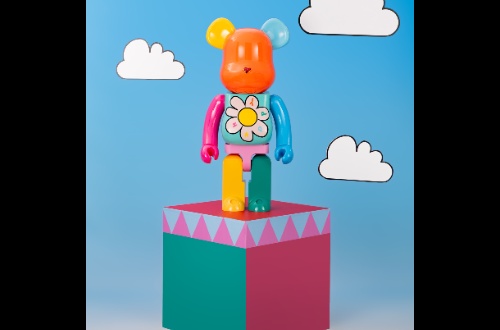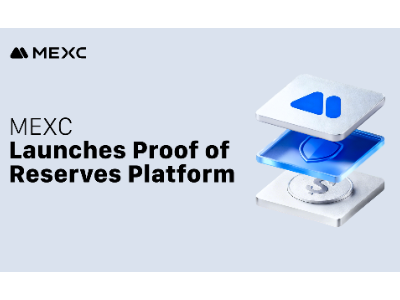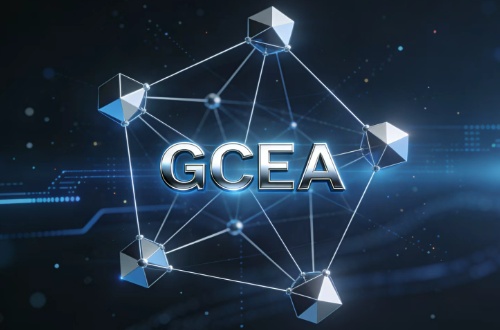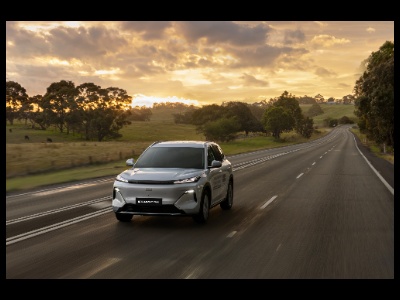Newest
-

Syneron Bio Secures Close to $100 Million in Series A and A+ Financing Rounds
-

MEXC Launches "Trust You Can Verify": Transparency Hub with Real-Time Reserve Verification
-

Explore the future of gaming and finance integration! GCEA GAME (GCEA Chain Game) launches a brand-new experience.
-

"True Savings" in Real-world Driving, Geely STARRAY EM-i achieved a GUINNESS WORLD RECORDS™ title
ARTEXB 360° Virtual Reality & Contemporary Art: The New Perspective in Art History
 2020-03-27
2020-03-27
About the Author: Dahuang Lu has been a designer and developer for over 20 years, studying where it began, and where it will go. He is the founder of WEME DAM Creative Agency , he is also a college teacher of art and digital media. Now, he is the data media curator at NOUS xLab and the supervisor adviser at ARTEXB , where he works with his team to turn contemporary art exhibitions into data media and VR/AR experiences.

ARTEXB 360° VR exhibition for Xu Bing: A Retrospective, XU Bing , Taipei Fine Arts Museum
Technology is changing the art world to exhibit things beyond whitened walls and hung paintings. Now, you can view exhibitions that are 4000 miles away from you or don’t exist at all. This benefits from the use and impact of hypermedia and data media. It’s increased the dimension of the art world. With user-friendly hypermedia and machine-based data media, we can create amazing projects for the arts that make the curation more memorable to the audience. This can be accomplished by putting art exhibitions online in virtual reality spaces with rich content including text, audio, and video that aren’t just pictures of it. That’s what separates the virtual reality that we do at ARTEXB from Google Art Project. In one, you’re an observer of the piece, but in the other, you become a visitor in the museum space. With the ability to build a world in virtual space, hypermedia and data media are not only representing the art, but also the methodology of curation and architecture.
Let’s talk more about ARTEXB or Virtual Reality for a moment.
Basically, we visit the biggest art shows each year like the Venice Biennale, and record the entire surrounding of the exhibition into virtual reality spaces at Artexb.com. You can view the exhibitions on your phone or laptop, and click to walk around and zoom in on the space, or through a headset.
I have been talking with Longping Derek Zhao, ARTEXB’s founder, and we finally reached an agreement that ARTEXB is not just a digital technology service. We have a higher vision to become an permanent data-media documentation hub of contemporary art. We aim to capture the creative mindset of the artist, the spatial concept of the curator, and the unique qualities of the space. We focus on contemporary artists for now because want to present a track record of their work, and keep up with changing times and the exhibitions that are influential right now.
Now, I am working hard to achieve a wider range of VR exhibition records and copyright cooperation. I do this to ultimately separate the data-media platform and digital services. Thus, we can distribute the authorized contents and create more possibilities at ARTEXB. Maybe we can even start collecting art in virtual reality.
Some critics worry that since VR technology is still developing, the VR exhibitions of today will be obsolete tomorrow. However, the art market puts a higher price on older pieces. As video game enthusiasts collect Nintendo consoles from the ’90s, so will art enthusiasts collect and try to preserve new media when it becomes old.
Further plans for advancing the VR technology itself
360 ° VR movies are evolving the industry. We are on the move to do VR video shooting because as of now, ARTEXB’s VR exhibitions are still images.
Derek has an amazing idea to integrate VR exhibitions with talk shows. Imagine being able to see a live talk show as it occurs, especially if it’s one that relies on its audience’s reply. That’s part of what makes art impactful, is how it makes you think and reflect on yourself.
To be honest, the VR helmet has always been a relatively awkward technology product. All along, we’re thinking about how to collect a series of VR art based on physical media and make it an amazing experience. Maybe an artistic naked eye device is a good choice to make VR exhibitions more ceremonial and realistic.
The new perspective surface in art history that will be made possible by new media and technology
A lot of historical art are paintings or sculptures that students can read about in schools and museums, but that doesn’t catch their interest in what’s being created right now, for the future. Showing young people that contemporary art can be anything ——readymade products, 3D prints, hypermedia, even basic code —— will increase how likely the arts can intersect with their knowledge and tools. It will make the art world feel less elitist to them.
Artists will have the most fun with new technology. Some artists have created sculptures with 3D printing and CNC mechanisms. Others create entirely digital art. It will be also interesting to see how these mechanisms can help curators, too. If you can download a prototype of art and exhibition spaces, you can curate an exhibition before it’s occurred. That would make a curator’s job much creative, and help to reduce the time it takes to prepare it.
Of course, some people don’t know how to approach new technology. Especially developing systems like blockchain and AI are difficult for people to understand. But if you can integrate virtual reality with steps for your viewers to take, imagine the impact you can have. It was like the ALS challenge. You only needed a phone and a bucket of water, and just like that, everyone joined in. Since Facebook has adopted Libra, the new cryptocurrency based on blockchain, more industries will start opening themselves to it. It’s a good sign. All these collaborations bring up a lot of new questions. How should we price digital art that can be replicated? How can you preserve a piece that only exists in a headset? But art is anything but constant. The changes happening right now will create a new page in art history years from now.
Distribute to New York, U.S.
Contact: Dahuang Lu
Company: NOUS xLab
Website: nous.we-media.net
Email: Nous@we-media.net
Keywords: Contemporary Art, Virtual Reality, Hypermedia, Data Media, Artexb
